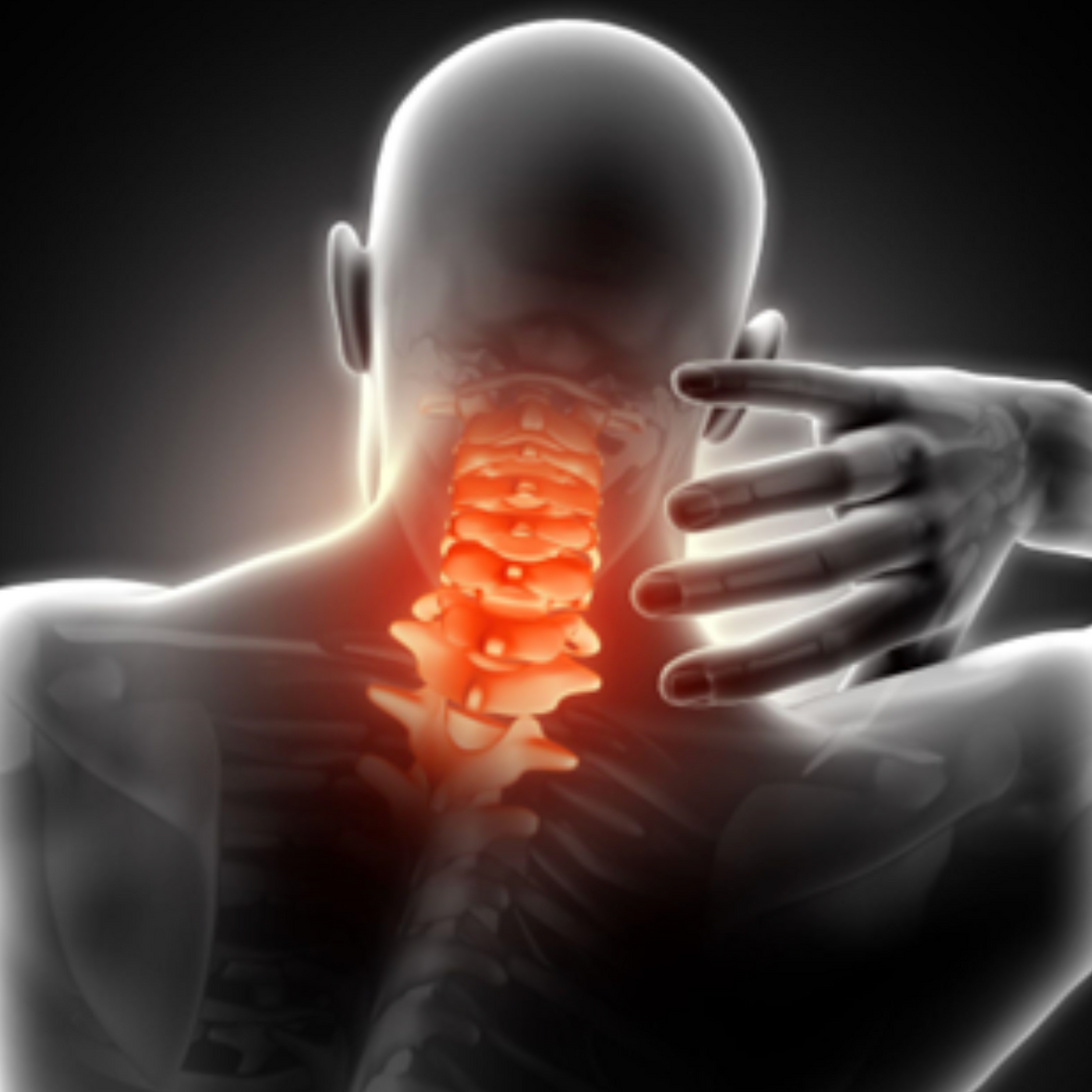In the quest for relief from joint pains, many turn to stretching as a primary solution or an unintentional habit. Long term relief of stretching for joint pain will be addressed specifically for neck pain stretches. Drawing insights from the Functional Patterns (FP) methodology, this post delves into the effectiveness of stretching for joint pain and offers a comprehensive look at alleviating pain.
Understanding Joint Pain and Stretching
Joint pain affects millions globally, often leading individuals to explore stretches for neck pain. This may begin in an attempt to be proactive with stretching routines to prevent pain from worsening and reduce pain. Other times people may react with neck stretches for pain when it occurs. This could result in neck pain stretches becoming a habit that only locally addresses the symptom. However, to address the root causes of joint pain, it's crucial to understand the relationship between our movement patterns and musculoskeletal health.

The Myth of Stretches For Neck Pain
While stretching can feel good and may offer temporary relief, it's not always beneficial for joint health in the long run. To truly benefit the joints, exercises that enhance the functional capacity of the muscles supporting them are key.
We have found at FP that pain often stems from dysfunctional movement patterns that isolated stretching alone cannot correct. For instance, constant neck stretches for pain might provide temporary relief. The discomfort is likely to return unless the underlying postural imbalances are addressed.
The critical drawback of stretching for neck pain is that the muscles are put in a passive lengthened position without being followed with elastic recoil. The best stretch is where the whole body is tensioned through corrective exercises to rebound with elastic recoil as seen in elite athlete sprinters at top speeds.

Releasing Tightness In Muscles
Neck pain stretches may be misinterpreted as muscle tightness or referral pain from nearby tight muscles. Muscle tightness often signals underlying imbalances or compensations in the body's movement patterns. A lack of range of motion can be described as muscle tightness. Addressing these imbalances through targeted myofascial release (MFR) can help in reducing the sensation of tightness. To effectively release sensations of tightness and pain in the neck, it's essential to approach the body as an integrated system. We emphasize that FP trains the body to move as it's evolutionarily designed to, which means reprogramming our movement habits rather than merely stretching the affected area.

Functional Patterns Approach to Alleviating Joint Pain
Instead of focusing solely on reactive neck pain stretches or proactive stretches for neck pain, incorporating corrective exercises that improve movement patterns can offer more sustainable outcomes. This approach helps in realigning the body by reducing the strain on joints to alleviate pain. The movement patterns to prioritize are the FP “First 4” - standing, walking, running, and throwing.
Pain recurrence is a common issue because traditional stretching routines don't tackle optimizing the FP “First 4” as the root cause of the discomfort. By understanding these patterns that humans evolved to do the most, it's possible to achieve long-term pain relief by correcting imbalances on the body.

Conclusion
While stretches for neck pain and other joint discomforts may offer temporary relief, they fall short in providing a lasting solution. By adopting a Functional Patterns approach, which emphasizes correcting dysfunctions around the FP “First 4,” individuals can achieve sustainable relief from joint pains. Reacting with neck stretches for pain can become a habit of the past. The key to long-term pain alleviation lies not just in isolated stretching but in cultivating a deeper understanding of how our bodies are evolved to move.
If you're interested in Functional Patterns, we recommend you to find a FP Practitioner near you.
Learn more about Functional Patterns, stretching, and pain in the following resources:
- Forward Head Posture: Understanding and Correcting 'Nerd Neck'
- Beyond Sleeping Positions: Optimizing Sleep and Reducing Chronic Pain
- Arthritis Pain Relief: How can you avoid the ache?
- Examining the Relationships between Anxiety and Joint Pain
- Alleviating Anxiety and Chronic Pain
- Stretching: Anti-Aging or Age Accelerator?
- The Do’s and Dont’s of Dynamic Stretching: How to Achieve Optimal Join
- The Dysfunctions of Stretching
- Posture, Pain and Body language
- Functional Patterns: The benefits of stretching aren’t all they’re made out to be.





